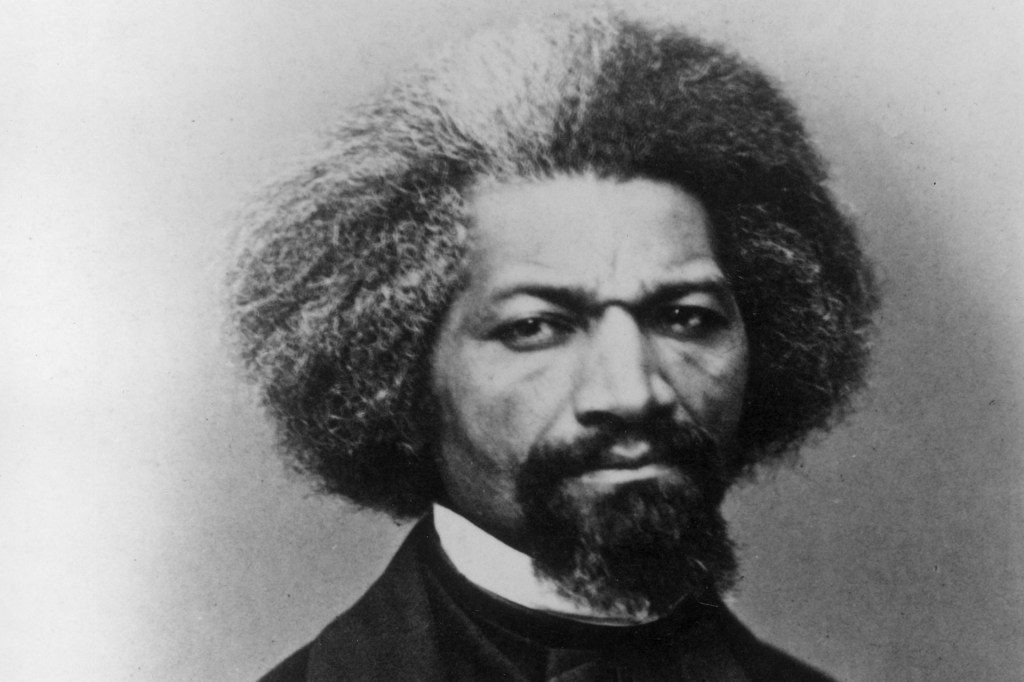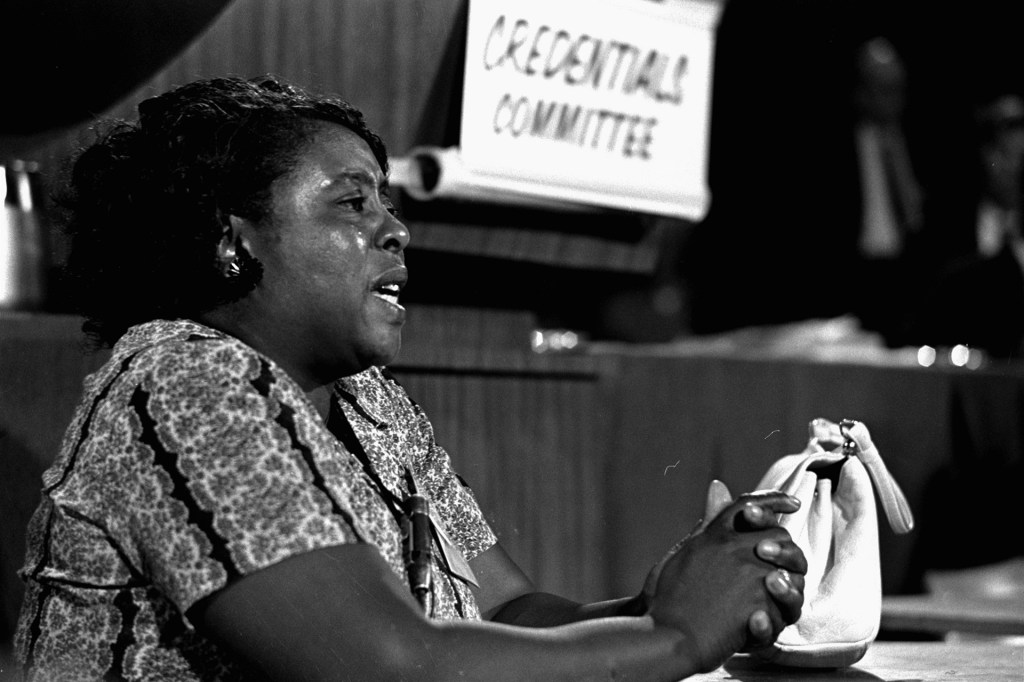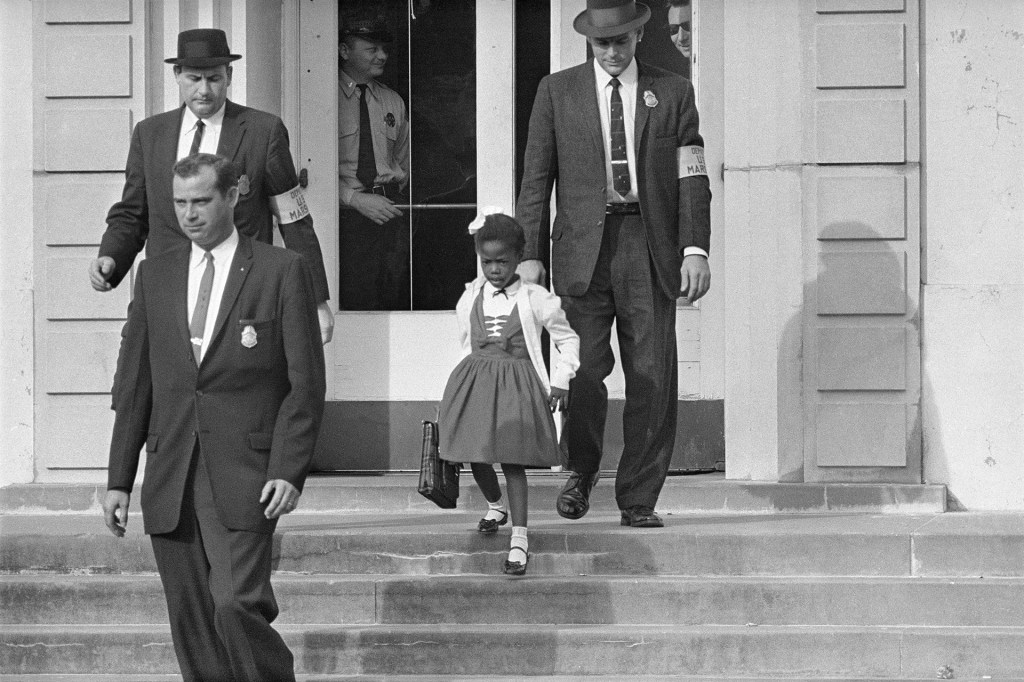What Are Storms?
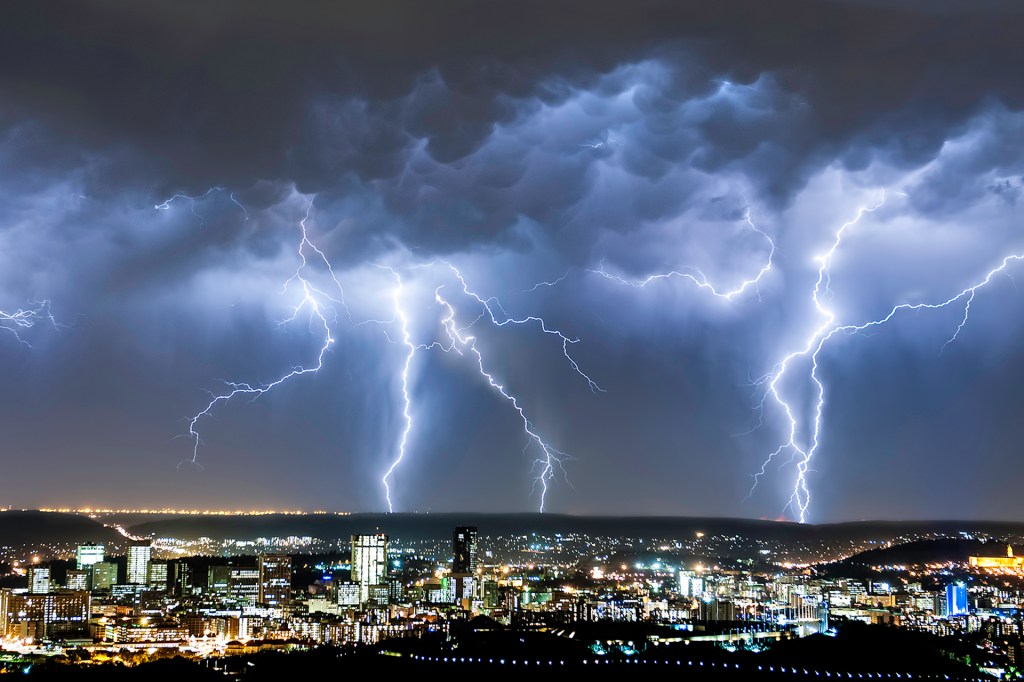
A storm is a powerful disturbance of the atmosphere
atmosphere
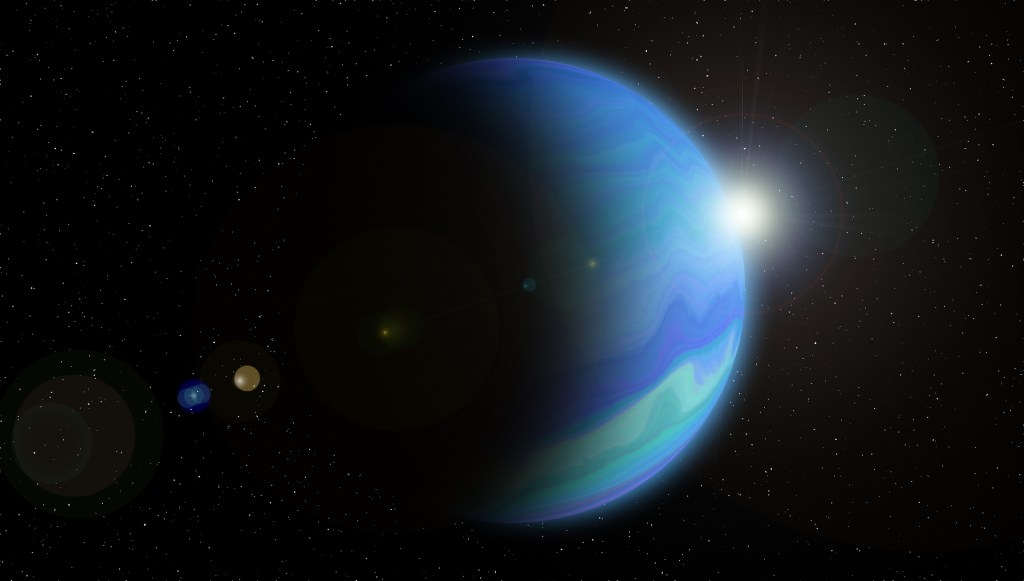 SUMAN BHAUMIK
the layer of gases that surround Earth or another planet
(noun)
The atmosphere of Neptune consists mostly of hydrogen and helium.
. Thunderstorms, tornadoes, and hurricanes are storms. Storms are a common event on Earth and other planets, too.
SUMAN BHAUMIK
the layer of gases that surround Earth or another planet
(noun)
The atmosphere of Neptune consists mostly of hydrogen and helium.
. Thunderstorms, tornadoes, and hurricanes are storms. Storms are a common event on Earth and other planets, too.
There are about 16 million thunderstorms worldwide each year. That is according to the National Severe Storms Laboratory (NSSL). At any given moment, about 2,000 thunderstorms are happening. A thunderstorm is caused by an updraft. As water vapor rises, it cools and condenses
condenses
 ATU IMAGES/GETTY IMAGES
to change from a gas to a liquid
(verb)
Water vapor in the air condenses on the outside of a glass of iced tea.
to form clouds. Cumulus clouds are typically associated with blue skies and fair weather. Cumulus clouds become cumulonimbus clouds as updrafts continue sending vapor into the sky. Cumulonimbus are thunderstorm clouds.
ATU IMAGES/GETTY IMAGES
to change from a gas to a liquid
(verb)
Water vapor in the air condenses on the outside of a glass of iced tea.
to form clouds. Cumulus clouds are typically associated with blue skies and fair weather. Cumulus clouds become cumulonimbus clouds as updrafts continue sending vapor into the sky. Cumulonimbus are thunderstorm clouds.
When the cooled water particles within a cloud grow heavy enough, they fall from the skies as precipitation. Precipitation can take the form of rain, snow, hail, freezing rain, or ice pellets. The form depends on air temperature and other atmospheric conditions. Precipitation brings cool air down with it. When this cool air meets a warm updraft, a storm begins to form.
Thunder and Lightning
Thunder and lightning happen at the same time. Lightning is a quick, powerful burst of electricity. It is born inside a storm cloud when tiny bits of water and ice are agitated
agitated
 JGI/JAMIE GRILL—GETTY IMAGES
to stir up or disturb
(verb)
After watching the horror movie, I was too agitated to sleep.
. The collisions of these particles cause a cloud to fill with two different types of electrical charges. Positive molecules gather at the top of the cloud, while negative particles gather at the bottom. As the charged particles separate, an electric field is created within the cloud. This field also generates a pool of positively charged molecules on the ground below. When the negative charges at the bottom of a cloud gain enough power, the cloud shoots a quick bolt of energy toward the positive particles. This creates lightning inside the cloud. If the electric field is strong enough, lightning will shoot out of the cloud toward the positive charges on the ground. A lightning bolt can also flash horizontally when the negative particles in one cloud are attracted by the positive particles of one nearby.
JGI/JAMIE GRILL—GETTY IMAGES
to stir up or disturb
(verb)
After watching the horror movie, I was too agitated to sleep.
. The collisions of these particles cause a cloud to fill with two different types of electrical charges. Positive molecules gather at the top of the cloud, while negative particles gather at the bottom. As the charged particles separate, an electric field is created within the cloud. This field also generates a pool of positively charged molecules on the ground below. When the negative charges at the bottom of a cloud gain enough power, the cloud shoots a quick bolt of energy toward the positive particles. This creates lightning inside the cloud. If the electric field is strong enough, lightning will shoot out of the cloud toward the positive charges on the ground. A lightning bolt can also flash horizontally when the negative particles in one cloud are attracted by the positive particles of one nearby.
Lightning is extremely fast and incredibly hot. An average bolt of lightning travels more than 220,000 miles per hour. It can be 53,000°F. That is more than five times the heat of the sun.
Thunder is the sound caused by rapidly expanding gases in a lightning discharge. When a bolt of lightning strikes, the intensity of the flash causes the air around it to rapidly expand. That forms a shockwave
shockwave
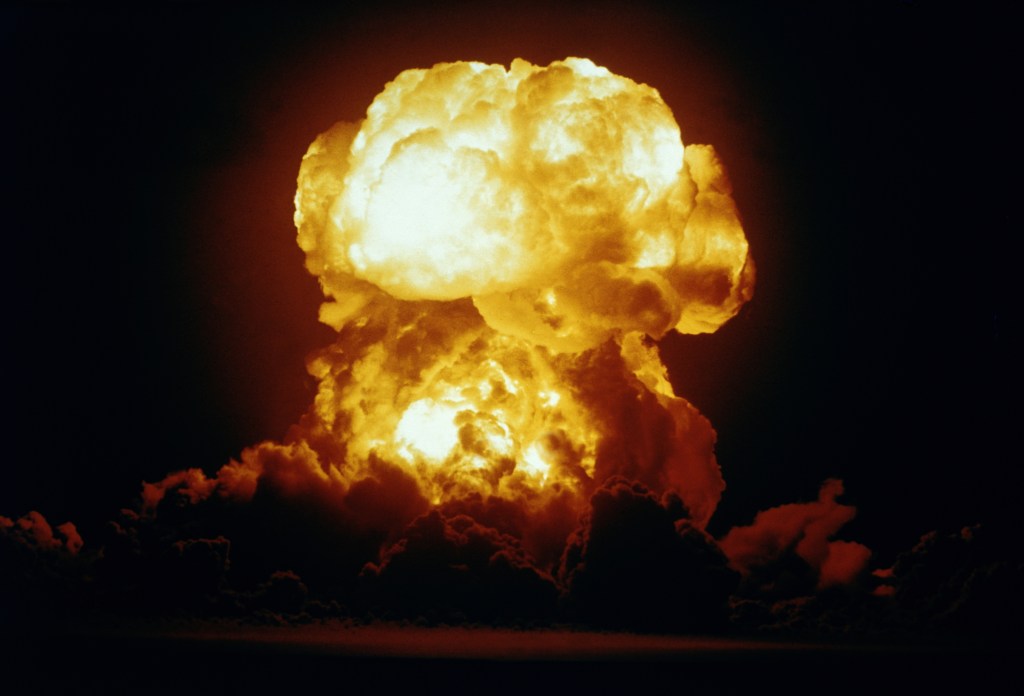 FPG/GETTY IMAGES
a disturbance in the atmosphere or in liquid caused by an explosion or earthquake
(noun)
The explosion caused a shock wave felt across town.
. The sound of this expanding air is thunder. Since light travels faster than sound, lightning is often seen before thunder is heard. After an initial crack or boom, thunder may seem to “roll” for a few seconds. That sound is actually the full length of lightning’s shock wave. The blast of air closest to the Earth’s surface is heard first. It is followed by the shock wave’s more-distant rumbles.
FPG/GETTY IMAGES
a disturbance in the atmosphere or in liquid caused by an explosion or earthquake
(noun)
The explosion caused a shock wave felt across town.
. The sound of this expanding air is thunder. Since light travels faster than sound, lightning is often seen before thunder is heard. After an initial crack or boom, thunder may seem to “roll” for a few seconds. That sound is actually the full length of lightning’s shock wave. The blast of air closest to the Earth’s surface is heard first. It is followed by the shock wave’s more-distant rumbles.
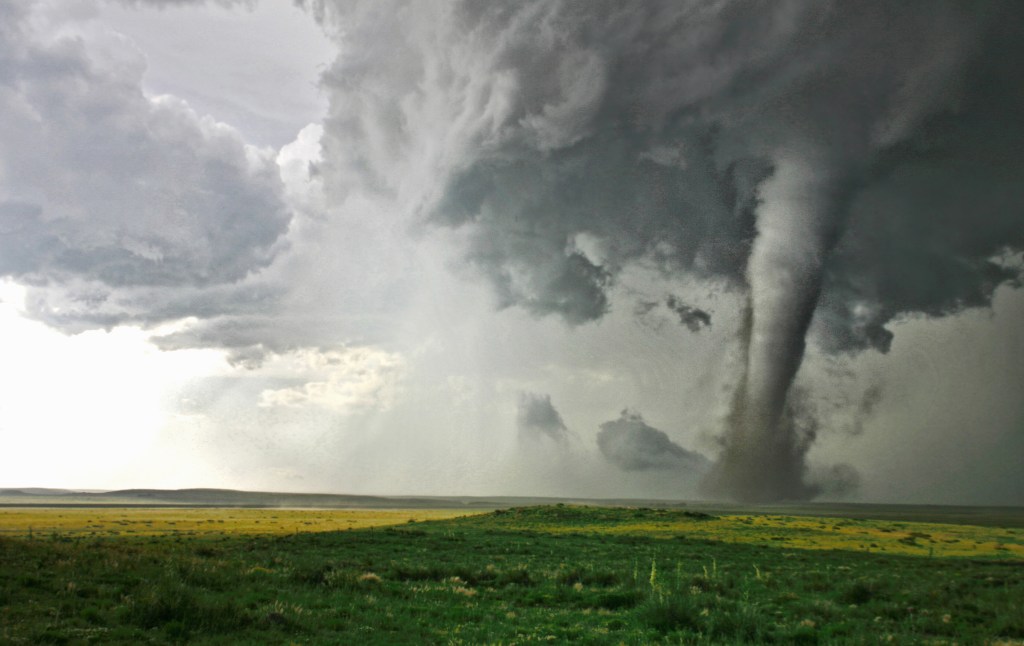
A tornado touches down in Campo, Colorado.
JASON PERSOFF— GETTY IMAGESTornado Watch
Severe weather causes injuries, death, and billions of dollars’ worth of damage each year. Tornadoes are nature’s most powerful storms. According to the NSSL, the U.S. has more tornadoes than anywhere else on Earth: about 1,200 a year. The unpredictable storms can occur at any time of the year and any time of day.
A tornado is a swirling vortex
vortex
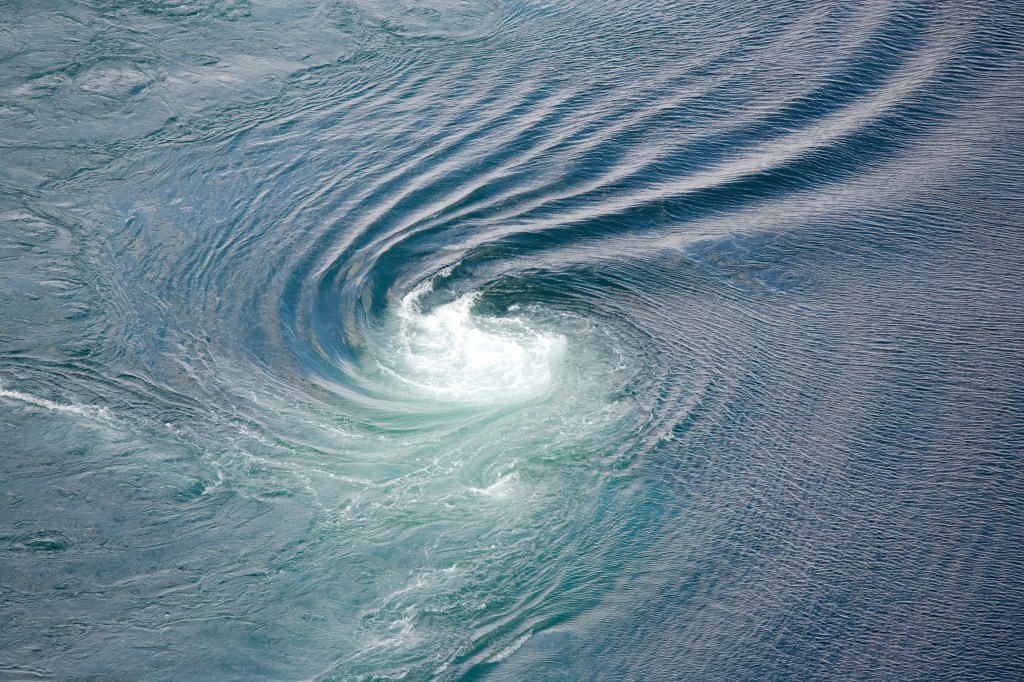 RELAXFOTO.DE/GETTY IMAGES
a mass of whirling liquid or air
(noun)
The boat got sucked in by a vortex and disappeared.
of wind. It extends from a cumulonimbus cloud to the ground. The strong, spiraling winds of a tornado can last anywhere between seconds and 10 minutes. The powerful storm can reach speeds of more than 300 miles per hour. Even at slower speeds, tornadoes can topple houses. They can uproot trees. They can send cars flying into the air. And they can turn debris
debris
RELAXFOTO.DE/GETTY IMAGES
a mass of whirling liquid or air
(noun)
The boat got sucked in by a vortex and disappeared.
of wind. It extends from a cumulonimbus cloud to the ground. The strong, spiraling winds of a tornado can last anywhere between seconds and 10 minutes. The powerful storm can reach speeds of more than 300 miles per hour. Even at slower speeds, tornadoes can topple houses. They can uproot trees. They can send cars flying into the air. And they can turn debris
debris
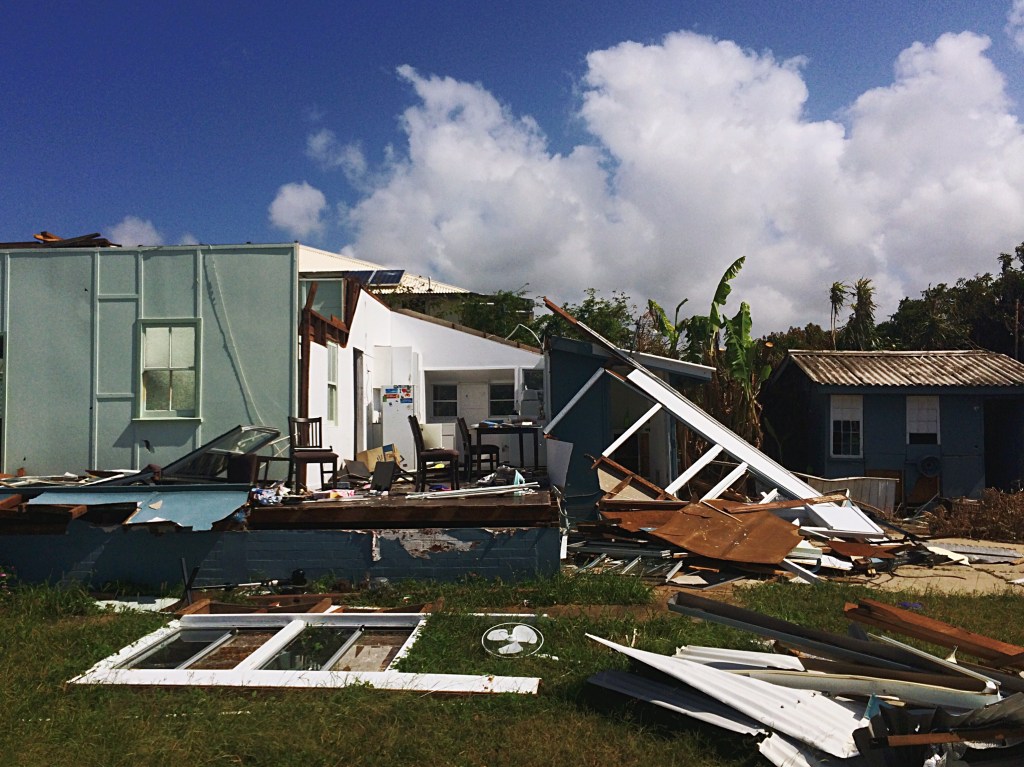 THOMAS LIM/EYEEM/GETTY IMAGES
the remains of something broken
(noun)
The hurricane left debris all over the city.
into deadly objects.
THOMAS LIM/EYEEM/GETTY IMAGES
the remains of something broken
(noun)
The hurricane left debris all over the city.
into deadly objects.
Scientists are still unsure exactly how tornadoes form. What they do know is that a tornado is born from a supercell. Supercells are particularly severe storm systems where winds spin in a strong circular motion called a mesocyclone. Some climatologists believe that a mesocyclone creates tornadoes based on the temperature difference between the ground and the air around the storm cell.
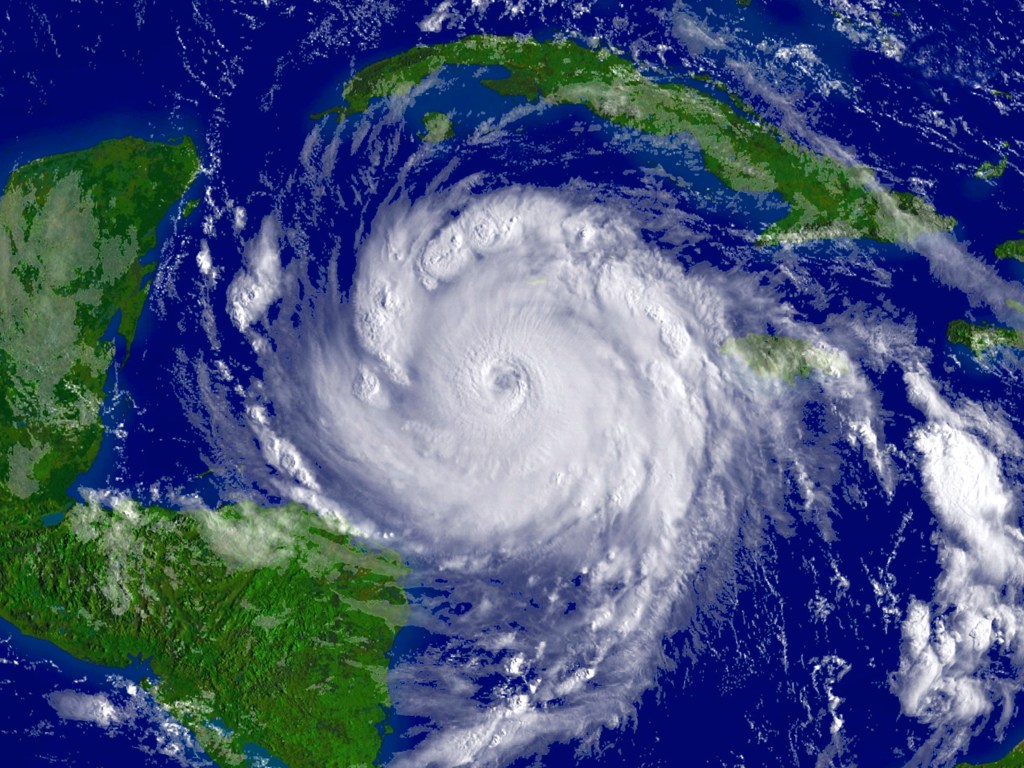
NOAA/SCIENCE PHOTO LIBRARY/GETTY IMAGES
This satellite image shows Hurricane Dean, which formed in 2007. The center of a hurricane is called the eye.Hurricane Warning
Typhoons and hurricanes are both types of cyclones. The powerful storms range from 100 to 300 miles wide. Depending on their strength, they can last anywhere from a day to a month. They form in low-pressure areas over warm waters. Typhoons form in the eastern hemisphere, over the northwestern Pacific Ocean. Hurricanes get their start in the western hemisphere, in the Atlantic Ocean, or the northeastern or southern Pacific Ocean. Storms that form in the Indian Ocean are called monsoons.
The storms form when tropical winds gather moisture as they pass over water that is at least 80°F. Warm, moist air rising over these waters creates powerful winds. As these winds spin faster, they generate energy and draw in moisture. When a storm’s winds reach 39 miles per hour, it becomes a tropical storm. If they reach 74 miles per hour, the storm is called a cyclone. There are five categories of cyclone. A category 1 storm has winds between 74 and 95 miles per hour. A category 5 has wind speeds of 157 miles per hour or higher.
No storm is completely predictable. But meteorologists use tools and technology to try to predict weather patterns. This allows them to give warning before a storm strikes. With enough notice, people can protect their homes and businesses and find shelter in a safe place.




